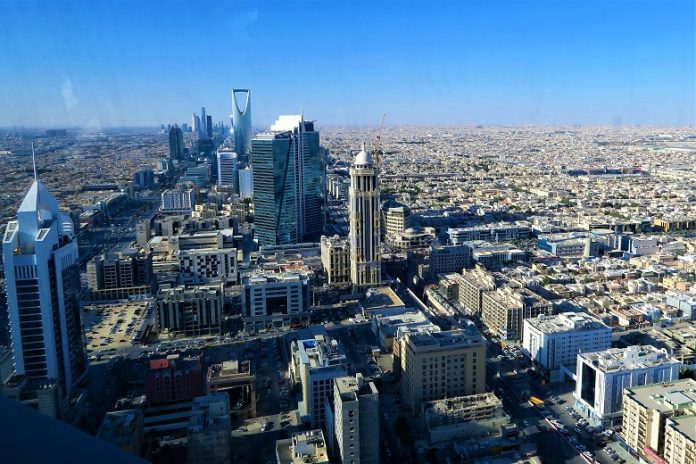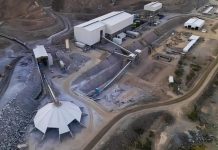Saudi Arabia’s real estate sector is on a growth trajectory, fueled by a burgeoning population and ambitious government initiatives. Vision 2030, a national transformation program, is a key driver, with its focus on infrastructure development and increasing homeownership. This translates to opportunities for developers, with investments in new cities and residential projects creating a vibrant market.
However, the path to prosperity isn’t without its hurdles. High interest rates pose a significant challenge. In 2023, stricter lending conditions led to a drop in real estate transactions and mortgage loans. As a large portion of Saudi residents rely on mortgages (30-40%), this dampens demand. Additionally, the concentration of the population in major cities like Riyadh and Jeddah leaves smaller towns struggling.
Despite these challenges, the outlook remains cautiously optimistic. S&P Global Ratings forecasts a steady rise in Saudi Arabia’s GDP, with non-oil sectors leading the charge. Mega-projects exceeding $1 trillion, including NEOM and Diriyah Gate in Riyadh, are further bolstering the economy. This ambitious investment aims to double the real estate sector’s contribution to GDP by 2030.
Government support plays a vital role. Programs like MoMRAH Sakani and the Real Estate Development Fund (REDF) are making homeownership more accessible. The Saudi Real Estate Refinance Company (SRC) is attracting new financing sources, strengthening the sector’s foundation.
Looking ahead, S&P expects developers to see healthy revenue and profits in the coming years, with potentially lower interest rates offering some relief. As projects mature, profitability is expected to rise, building on the improvements seen in 2023.
Securing funding remains a concern, especially with tighter liquidity. Exploring alternative financing avenues, such as local and foreign capital markets, is crucial. Furthermore, sustainability is gaining traction, with regulations promoting eco-friendly buildings and construction practices. S&P anticipates developers increasingly adopting sustainable solutions and aligning with certifications like LEED and Mastadam.
In conclusion, Saudi Arabia’s real estate market presents a fascinating mix of opportunities and challenges. While high interest rates and uneven population distribution pose hurdles, government initiatives and economic growth offer a strong foundation for success. As developers embrace new funding models and prioritize sustainability, the future seems bright for this evolving market.






































